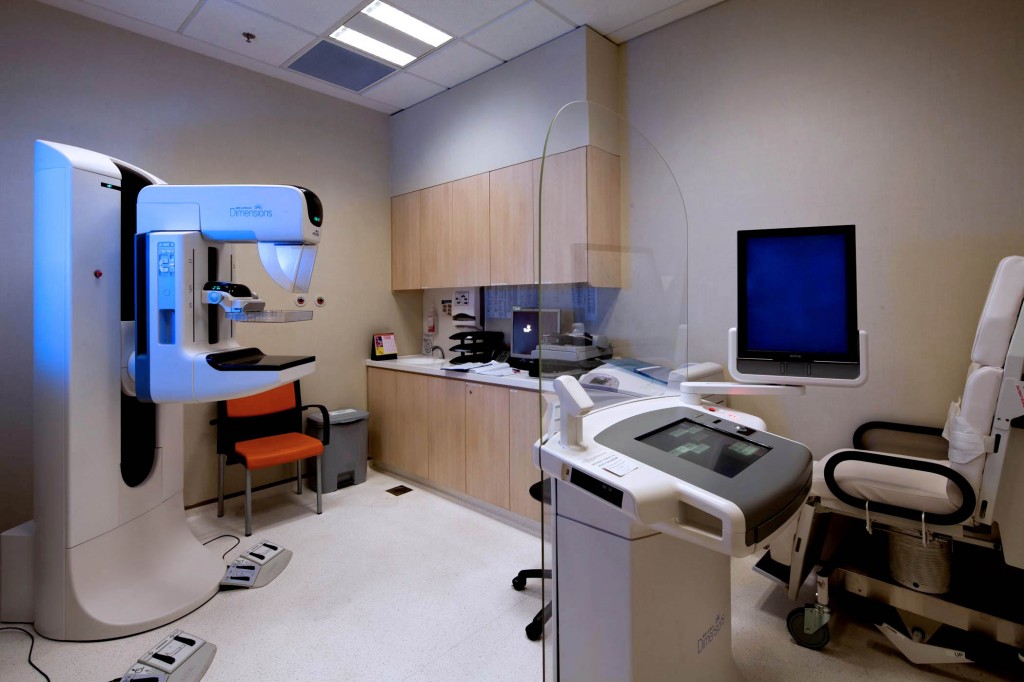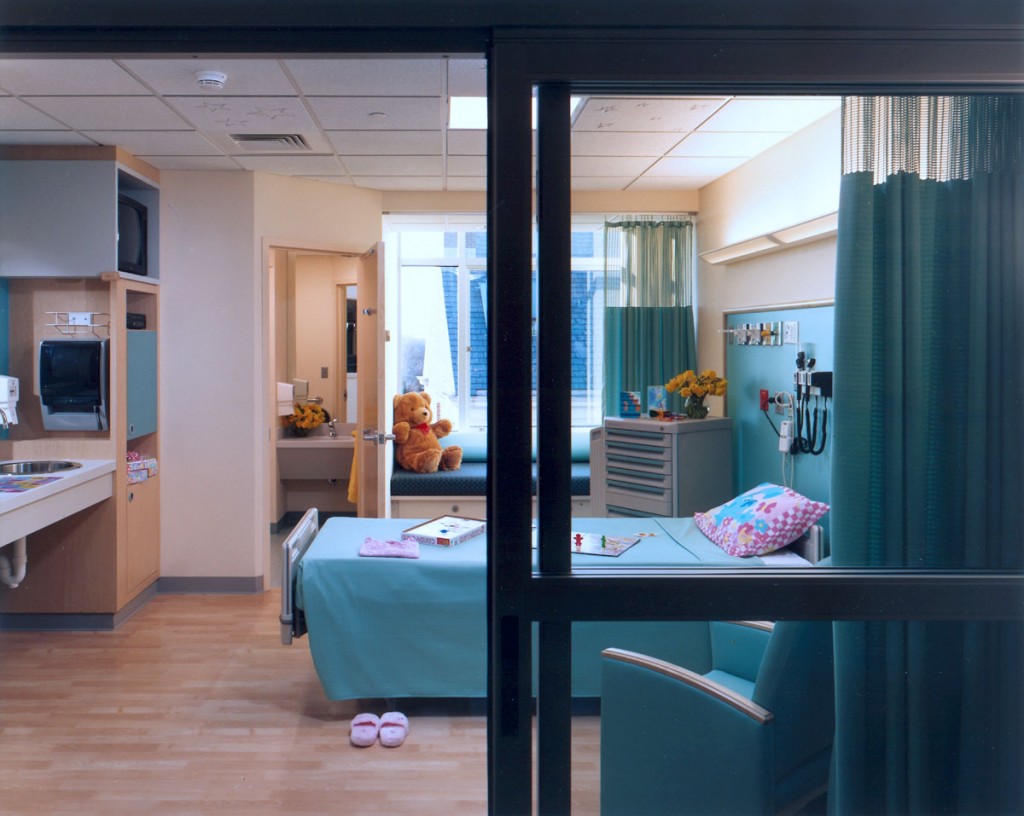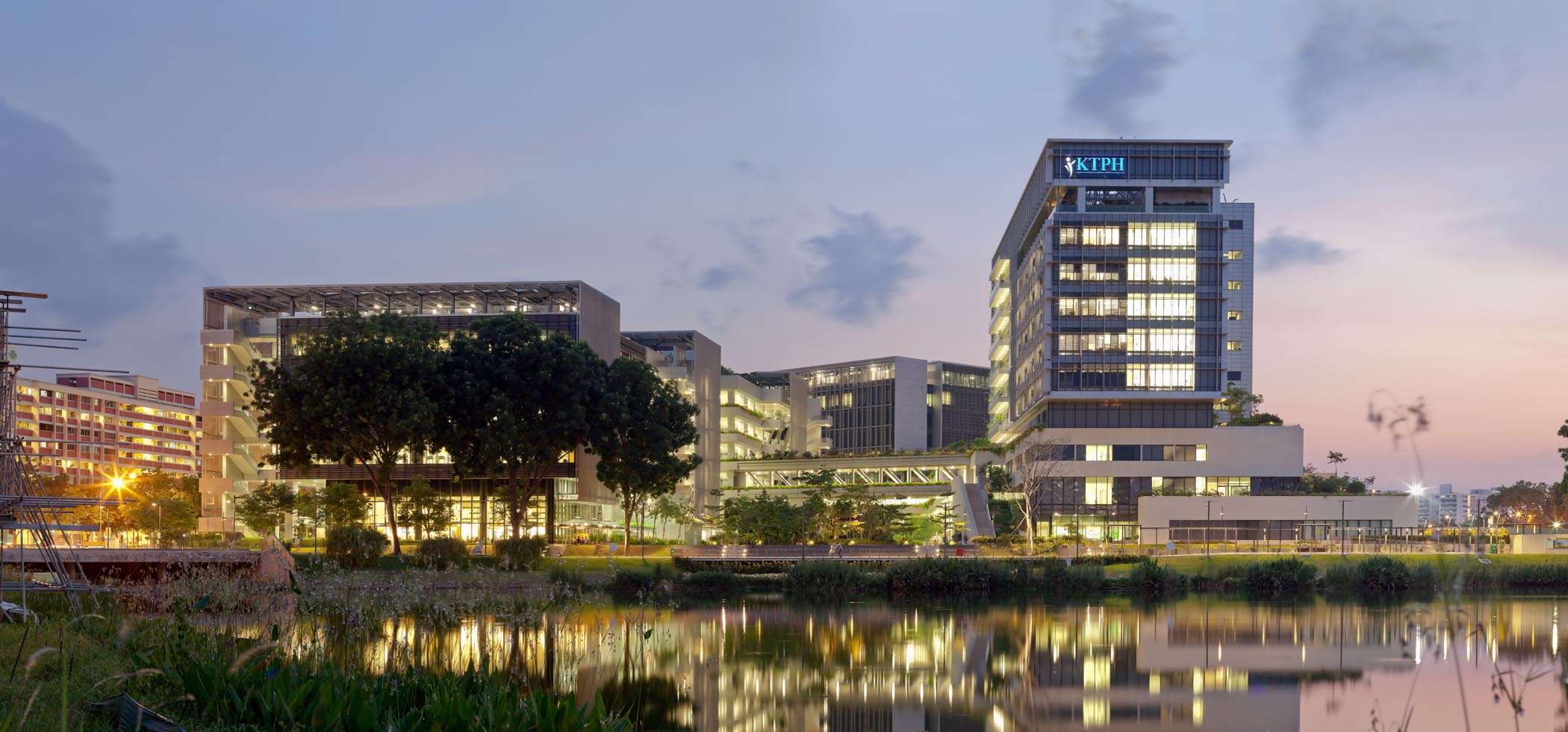Estimated reading time: 6 min
Hospitals are complex structures to say the least. A concise combination of form and function; of societal need and cultural nuance. They are an integral part of every society on earth, and yet the designs of these buildings differ hugely from country to country. Despite this, a set of recommended pre-requisites unify these institutions. Just as the arteries of a body make up a complex web of functions developed over millions of years to streamline the passage of blood between the organs; hospitals are continually evolving to permit optimum output. We spoke to two renowned architects from Los-Angeles based RMJM HKA about what makes a hospital work. Gene Klow is a celebrated architect with over thirty-five years’ experience in the design and construction of healthcare facilities. Alberto Alvarez is a design pioneer with over twenty years’ experience designing educational and medical institutions.
It’s vital that the functionality of a hospital remains at the forefront of the design process. For a hospital to operate successfully, every aspect of the design must be considered. “The layout can affect the life and death circumstances of a patient because time is often a critical factor in a patient’s care,” says Klow.
“Just as the arteries of a body make up a complex web of functions, developed over millions of years; hospitals are continually evolving to permit optimum output”
As Alvarez points out, the hospital’s design also plays a deciding role in the institute’s’ energy efficiency and subsequent financial requirements. Klow acknowledges “For the people that work there, the everyday functionality will affect the outgoing costs of the institution.” For those at RMJM involved in healthcare projects, this thought process has become particularly relevant in the last decade, with the global economic downturn ensuring energy and financial conservation, without any impact on the standard of treatment, takes centre stage.
At first glance, the physical appearance of a hospital pales in significance to the general layout, but studies have proven that the exterior and interior of a hospital can have a dramatic effect on the healing process. “The aesthetics set the mood for the way people experience the building” declares Klow, adding “If an aesthetic … makes the people feel good; the patients, the staff and the visitors; the better the healing and work process.”
 Our understanding of the importance of visual healing has grown as our perception of healthcare changes. “In the past, there was an opinion that hospitals should be viewed as a technical or science-led machine. The opinion was that the more scientific it looked, the better the hospital was” admits Klow. “But we learned that was exactly the opposite of what made people feel good.” Hospitals have always been a place of intense pressure, traumatic experience and apprehension. The impression a hospital leaves on its patients can make a huge difference to the process of recuperation. Alvarez clarifies the thought process, “We want to bring home to the hospital.” The impression of support is one that cannot be underestimated. Without an environment that encourages comfort, psychological recovery will always fall short of the necessary standard. The process involves a kind of counterbalancing to the trauma and extreme duress witnessed by staff and patients every day, and it is one that requires an intricate level of detail to every aspect of the hospital’s design.
Our understanding of the importance of visual healing has grown as our perception of healthcare changes. “In the past, there was an opinion that hospitals should be viewed as a technical or science-led machine. The opinion was that the more scientific it looked, the better the hospital was” admits Klow. “But we learned that was exactly the opposite of what made people feel good.” Hospitals have always been a place of intense pressure, traumatic experience and apprehension. The impression a hospital leaves on its patients can make a huge difference to the process of recuperation. Alvarez clarifies the thought process, “We want to bring home to the hospital.” The impression of support is one that cannot be underestimated. Without an environment that encourages comfort, psychological recovery will always fall short of the necessary standard. The process involves a kind of counterbalancing to the trauma and extreme duress witnessed by staff and patients every day, and it is one that requires an intricate level of detail to every aspect of the hospital’s design.
“We want to bring home into the hospital”
Recognising the cultural distinctions when designing a hospital isn’t as simple as altering the décor alone. In their collective careers, Klow and Alvarez have developed an instinctive understanding of the unique needs of a new environment. “The cultural experience of the architecture is important, and this should be reflected in the environmental experience of the hospital both for patients and staff” explains Klow. While every hospital shares a common purpose, it would be detrimental to the building and the patients within for the architect to assume all hospitals will function on an identical structure.
Klow uses the example of several South American countries, where the culture means an entire family might stay with a loved one while in hospital. Unlike North America where treatment largely falls to the doctors and nurses, “The [hospital] experience is more like home care in places like South America” Alvarez argues. It’s not always easy finding a balance between the need for a culturally tailored layout and a functioning medical institute admits Klow. While maintaining a global standard of expertise is an integral aspect of every RMJM design, specific attention is paid to retaining a culturally relevant perspective.
“Modern hospital design demands a building that can adapt with each new technological development”
With the ever-evolving nature of health care technology, hospital design now has to contend with a revolving door of machinery, removing the redundant while integrating new innovations. To put it another way, “There’s nothing ever stagnant about a hospital” Klow states matter of factly. Modern hospital design demands a building that can adapt to each new technological development. Essentially, a hospital must be constantly ready to grow, to morph and to take on new dimensions.
 “The trend now is creating healing environments which are emotionally supportive as well as functionally supportive” replies Klow. Questioning the future of hospital design may seem a moot point considering the random nature of life, but for functional design, it’s a thought process that remains integral to all design projects. Sure, there are rough templates which steadily evolve over time, but to consider the design of medical institutions fifty years ago, and to ask them to predict the standards of modern day design would be nearly impossible. “The tendency these days is to go and spend the minimum amount of time in the hospital” adds Alvarez. If this trend continues, argues Alvarez, “This will impact the amount of room a patient has and how much time they can spend in a hospital.” With some countries providing state-sponsored healthcare and others charging for medical treatment, it’s hard to say exactly why this is, but the average length of stay in hospital has steadily reduced in the past decade. Whether this is down to limited staff, limited availability of beds and equipment or an increase in successful patient treatment is not clear, but it’s a trend that looks set to affect hospital designs even more for generations to come.
“The trend now is creating healing environments which are emotionally supportive as well as functionally supportive” replies Klow. Questioning the future of hospital design may seem a moot point considering the random nature of life, but for functional design, it’s a thought process that remains integral to all design projects. Sure, there are rough templates which steadily evolve over time, but to consider the design of medical institutions fifty years ago, and to ask them to predict the standards of modern day design would be nearly impossible. “The tendency these days is to go and spend the minimum amount of time in the hospital” adds Alvarez. If this trend continues, argues Alvarez, “This will impact the amount of room a patient has and how much time they can spend in a hospital.” With some countries providing state-sponsored healthcare and others charging for medical treatment, it’s hard to say exactly why this is, but the average length of stay in hospital has steadily reduced in the past decade. Whether this is down to limited staff, limited availability of beds and equipment or an increase in successful patient treatment is not clear, but it’s a trend that looks set to affect hospital designs even more for generations to come.
Perhaps the most important consideration for hospital design is that while some elements will have to take prescience over others, in order for a hospital to function, all of these elements must function in harmony. Just as the organs of your body must function in sync with each other, the varied aspects of a hospital’s day to day function must work together as one.





“Learning is Key of Success”
good day administrator please can you help me the architectural design of your hospital to build the same thing in Ghana
thank you hope to hear from you soon
you are doing a great job. In providing ARCHITECT minds a good read
Asking questions are really fastidious thing if you are not understanding something fully, however
this article gives pleasant understanding yet.